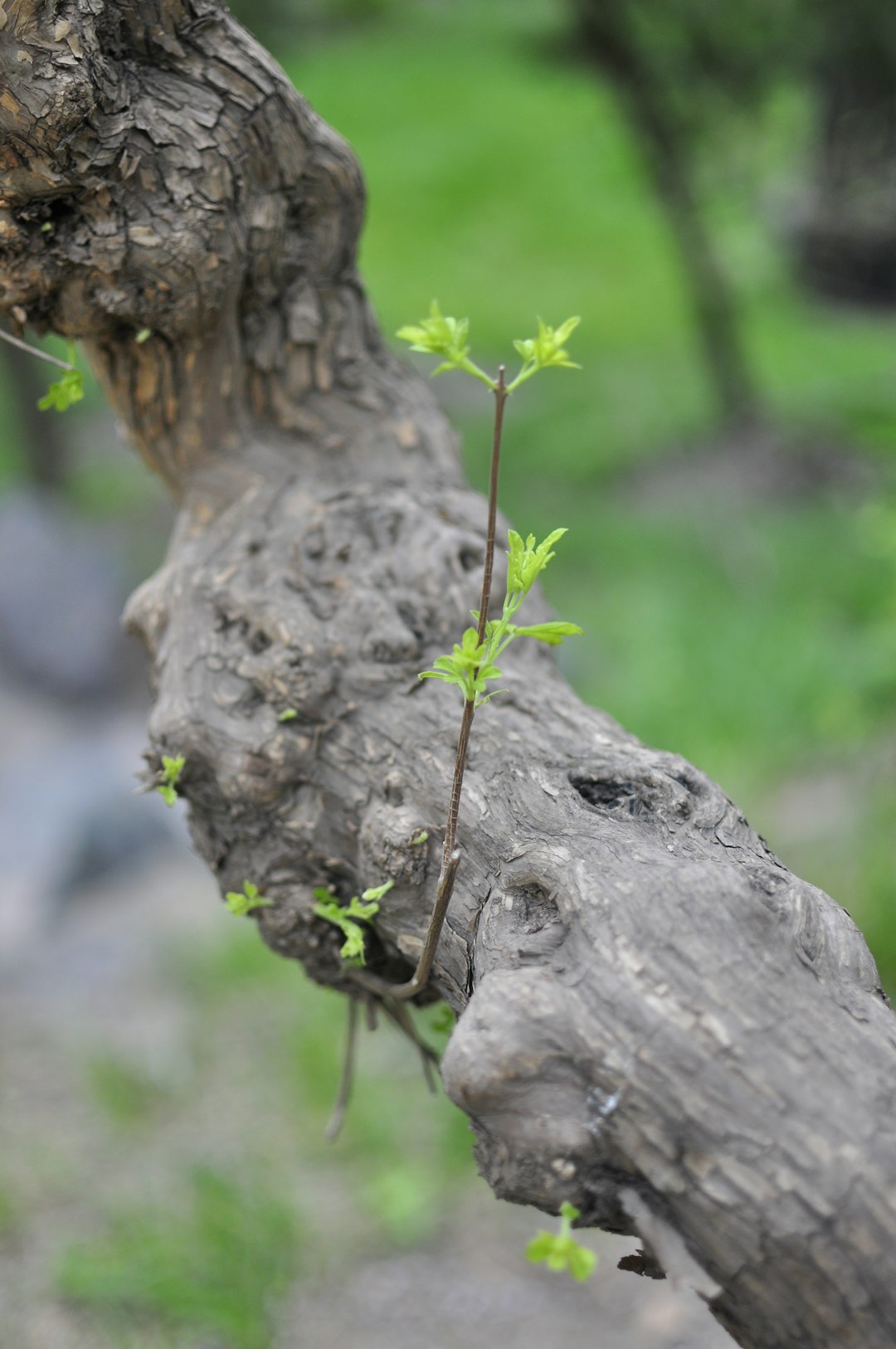The Enchanting Allure of Spider Flowers in Your Summer Garden

When it comes to annual flowers gardening, there is one particular gem that stands out with its unique charm and effortless growth - the spider flower. This tall, easy - to - grow annual is a true delight for any gardener, promising a summer full of unique, whiskery blooms that will transform your garden into a magical wonderland.
Spider flowers, scientifically known as Cleome hassleriana, are native to South America but have found a special place in gardens all around the world. Their tall, slender stems can reach up to 6 feet in height, making them a striking addition to any flower bed or border. The plant has palmately compound leaves that are a beautiful shade of green, providing an attractive backdrop for the showy flowers.
One of the most appealing aspects of spider flowers is their long blooming period. From early summer until the first frost, these plants are covered in clusters of delicate, spider - like flowers. Each flower consists of four long, narrow petals and prominent stamens that give them their characteristic whiskery appearance. The colors of spider flowers range from white and pink to purple, adding a splash of color to your garden throughout the summer months.
Another advantage of growing spider flowers is their low maintenance requirements. They are highly adaptable and can thrive in a variety of soil types, as long as the soil is well - drained. These plants prefer full sun but can also tolerate partial shade, making them suitable for different garden locations. Once established, spider flowers are relatively drought - tolerant, which means you don't have to worry about watering them constantly.
Spider flowers are also great for attracting pollinators to your garden. The nectar - rich flowers are a favorite among bees, butterflies, and hummingbirds. By planting spider flowers, you are not only creating a beautiful display but also supporting the local ecosystem. These pollinators play a crucial role in the reproduction of many plants, and having them in your garden can help increase the yield of your vegetable and fruit crops.
When it comes to planting spider flowers, you have a few options. You can start the seeds indoors about 6 - 8 weeks before the last frost date and then transplant the seedlings outdoors once the weather has warmed up. Alternatively, you can sow the seeds directly in the garden after the danger of frost has passed. Make sure to space the plants about 12 - 18 inches apart to allow for proper air circulation and growth.
To keep your spider flowers looking their best, deadhead the spent blooms regularly. This will encourage the plant to produce more flowers and prevent it from going to seed too quickly. You can also fertilize the plants once a month with a balanced, all - purpose fertilizer to promote healthy growth and abundant flowering.
Spider flowers can be used in a variety of garden designs. They look great when planted in groups at the back of a flower bed, where their height can create a dramatic backdrop for shorter plants. You can also mix them with other annuals and perennials to create a colorful and diverse garden. For example, pairing spider flowers with petunias, marigolds, or zinnias can create a stunning display of colors and textures.
In conclusion, spider flowers are a must - have for any annual flowers garden. Their tall stature, unique blooms, and low maintenance requirements make them an ideal choice for both beginner and experienced gardeners. Whether you want to add a pop of color to your garden or attract pollinators, spider flowers are sure to deliver. So, this summer, consider planting some spider flowers and enjoy the beauty and charm they bring to your outdoor space.